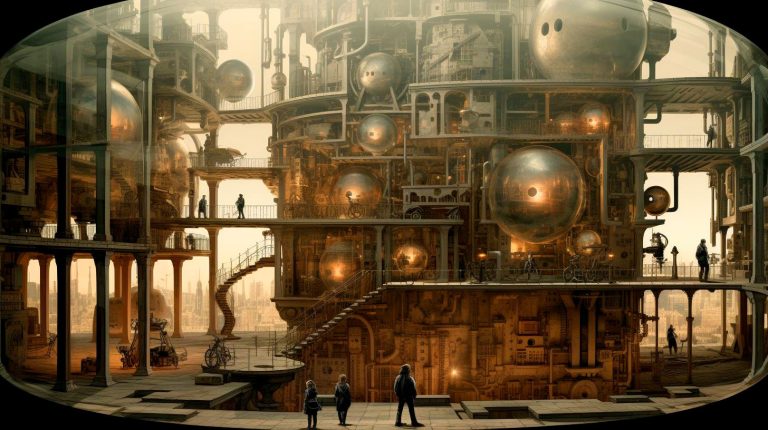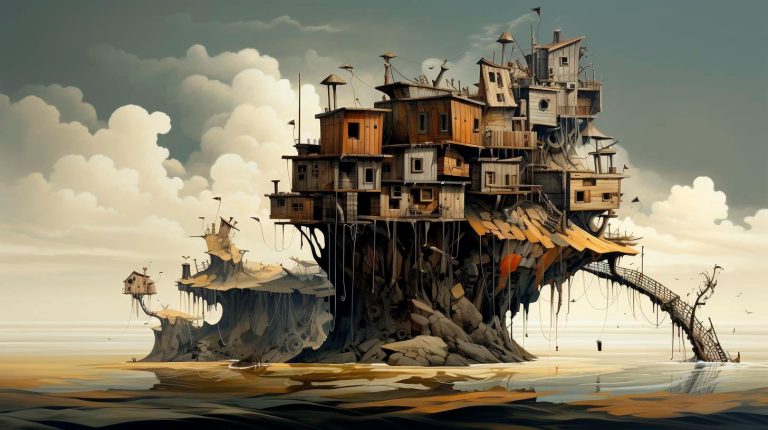In this blog post, we will explore the art of cinematic lighting and how you can use it to enhance your photography.
The Importance of Lighting in Photography
Lighting is one of the most critical aspects of photography. It has the ability to set the mood, highlight the subject, and create depth and dimension in an image. Good lighting can elevate a photograph from being average to extraordinary. Cinematic lighting techniques take this concept to a whole new level, creating visually stunning images that tell a story.
Understanding Cinematic Lighting
Cinematic lighting is all about creating a specific atmosphere that mirrors the mood and narrative of a film. Picture yourself watching a suspenseful thriller with dramatic lighting, or a romantic movie with soft, warm lighting. Cinematic lighting techniques aim to replicate these effects in still images.
Key Techniques in Cinematic Lighting
- Rembrandt Lighting: This technique uses a single light source at a 45-degree angle from the subject to create a triangle-shaped light on one side of the face. It adds depth and dimension to the image.
- High-Key Lighting: Often used in comedies or romantic films, this technique involves brightly lighting the entire scene to create a sense of lightness and happiness.
- Low-Key Lighting: Commonly found in film noir or horror genres, low-key lighting creates a mysterious and moody atmosphere with a lot of shadows and limited lighting.
- Backlighting: By placing the main light source behind the subject, backlighting adds depth and separation between the subject and the background.
Advantages of Cinematic Lighting in Photography
Using cinematic lighting techniques in your photography can have numerous benefits:
- Evokes Emotions: Cinematic lighting has the power to evoke emotions and create a connection between the viewer and the image. It draws the viewer into the scene and tells a story.
- Creates Drama and Depth: By playing with shadows, highlights, and contrast, cinematic lighting techniques bring drama and depth to an image, making it visually interesting and engaging.
- Makes a Statement: Cinematic lighting allows you to make a bold statement with your photography. It helps you stand out from the crowd and showcase your unique style.
- Enhances Storytelling: Just like in movies, lighting in photography can enhance storytelling by setting the mood and emphasizing key elements within the frame.
Key Takeaways for Cinematic Lighting
Cinematic lighting techniques can transform your photographs into visually compelling movie stills. Here are the key takeaways:
- Experiment with different lighting techniques such as Rembrandt lighting, high-key lighting, low-key lighting, and backlighting.
- Understand the mood and narrative you want to convey with your images, and use lighting accordingly.
- Pay attention to the placement and angle of your light source to create the desired effect.
- Use shadows and highlights strategically to add drama, depth, and storytelling elements to your photographs.
- Develop your own unique style by mastering different cinematic lighting techniques and adapting them to your vision.
Conclusion: Unleash Creativity with Cinematic Lighting
Cinematic lighting is a powerful tool in photography that allows you to unleash your creativity and tell compelling visual stories. By understanding and utilizing different lighting techniques, you can transform your ordinary photographs into captivating movie stills that leave a lasting impact on viewers. So, grab your camera, experiment with cinematic lighting, and bring your images to life!













+ There are no comments
Add yours